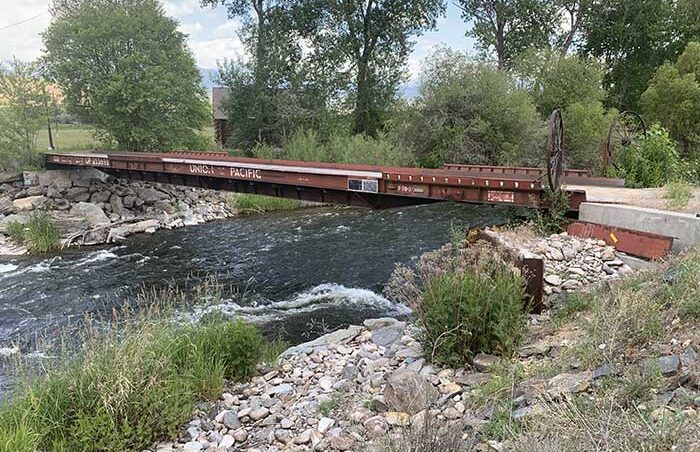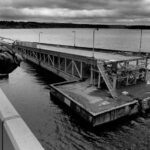According to the United States Senate Republican Policy Committee (RPC), half of all bridges in the United States are owned by local agencies (cities, counties, etc.), 48% are owned by states and 2% are owned by the federal government and the private sector. When we think of bridges, most of us are going to think about the road and highway bridges we use on a daily basis, sometimes without even thinking about it. And most, if not all, of those bridges are owned by the public sector.
The statistic for buildings is almost exactly the opposite. Most buildings in the US are privately owned, most of those being single family homes. So why are so many buildings privately owned but not that many bridges?
Mainly because humans can choose where they want to live. And that could be on one side of a river or other obstacle. If you and nine neighbors live on one side of a river, does it make sense for each property owner to have their own bridge to cross the river? Of course not. Those ten property owners form a society and each will pitch in to construct one bridge that each owner can use as much as they like, whenever they like.
Now imagine that instead of ten property owners using that bridge you now have several thousand users, all of whom chipped in to build that bridge. Is that bridge privately owned? No, there is no sole owner. They all own it to some extent.
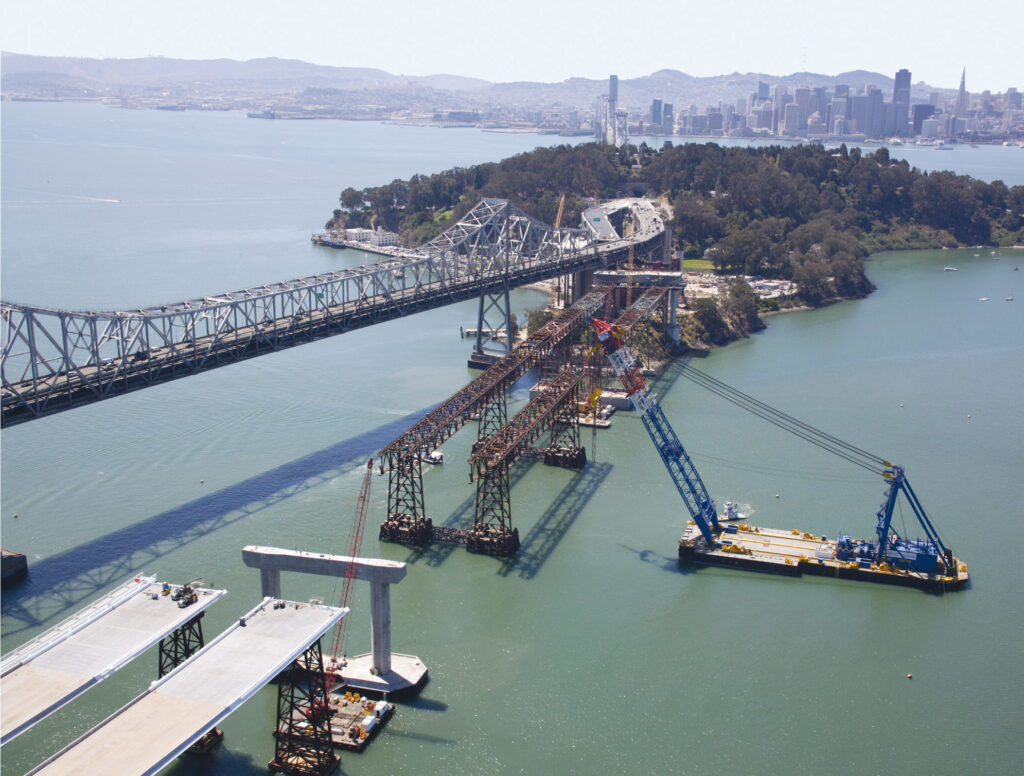
This is the basic premise of how our transportation system works. Instead of all of us having our own privately owned and maintained pathway to get from point A to point B, we share the same pathways. It would be absurd not to.
This premise holds up in most urban and suburban communities where there are sufficient densities of people to make having common roads and bridges rational and cost efficient. A bridge’s value is in how many people it can carry in a given time period. If the bridge becomes too congested, then the lack of additional capacity is hampering commerce and more investment in it would be warranted. If a bridge becomes largely unused, then the surplus capacity was a waste to build and will be a waste to maintain.
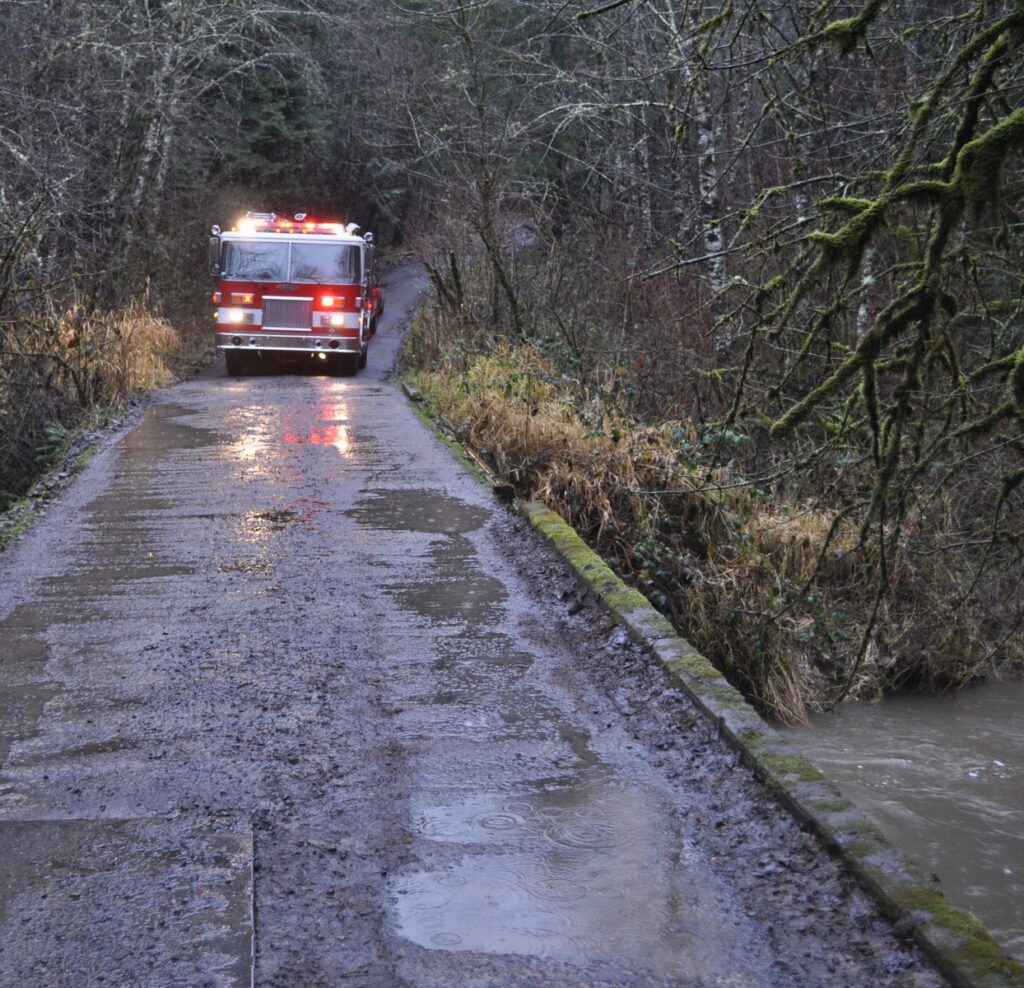
Now imagine you live on a piece of property that is traversed by a creek. Assuming you don’t want to have to ford the creek each time you need to leave, what do you do as a property owner? Asking society to pay for a bridge is unlikely to work – society does not generally pay for infrastructure that benefits only one owner. In this case, the owner will likely have to build their own bridge.
This is the case for many rural property owners. They end up building bridges, or in most cases inheriting said bridges, as a means of accessing their home or property. As privately owned bridges that do not carry a public road, these bridges do not factor in to the 2% number mentioned earlier. Such bridges are not subject to the National Bridge Inspection Standards (NBIS) and do not need to be inspected every two years nor is there condition reported to the Federal government. They are a special subset of bridges and it is impossible to say how many such bridges there are in the United States.
Now the fact that these bridges are likely not inspected regularly isn’t really an issue so long as the only party using the bridge is the owner. Where this becomes an issue is when emergency services need to cross the privately owned bridge to reach the property owner or their residence. Fire trucks, ambulances and police may need to cross these types of bridges in order to respond in an emergency. And if the bridge is old, poorly maintained and unable to support the weight of a large fire truck full of water, the results can range from property damage all the way up to being fatal.
A fully loaded fire truck can weigh up to 38,000 pounds. A water tender, used in rural areas where there are no fire hydrants, can weigh as much as 60,000 pounds fully loaded. Considering that the largest axle we design highway bridges for is 32,000 pounds, you can see the problem.
Truck drivers may be reluctant to drive across a privately owned bridge during an emergency. While there is confidence that a publicly owned bridge is safe to drive across, the same can’t be said for the private bridge.
In Clark County Washington there are an estimated 679 privately owned bridges, many of which were built without permits or plan reviews and no documentation exists on how much load they can safely carry. Local fire districts held open houses for residents to explain the issue. While emergency responders will make every effort to reach a resident in need of their services, having a bridge of unknown design and capacity in the way could increase response times.
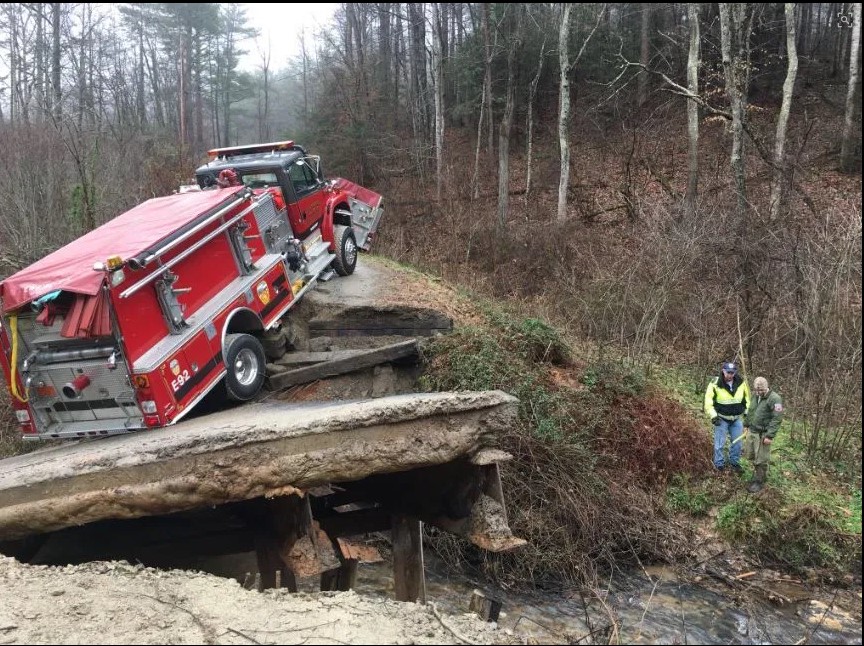
In 2012, the county passed Clark County Code measure 40.350.040, which would require a property owner to take action on existing bridges only if additional structures were built that would be serviced by the bridge. The new law provides standards for new bridge construction. Additionally, building homes with fire resistant construction (sprinkler systems) in lieu of bridge upgrades would be permissible. The county recommended, but did not require, that property owners have their bridges inspected every five years and possibly upgraded.
While Clark County did not have any bridge collapses prior to implementing the new law, there have been cases of privately owned bridges collapsing around the country. In 2019, a bridge collapsed under the weight of a fire truck responding to house fire in North Carolina. Luckily no one was injured and the truck only needed to be pulled out, but it is a reminder that even on privately owned bridges the laws of physics are still in play.
Views: 420